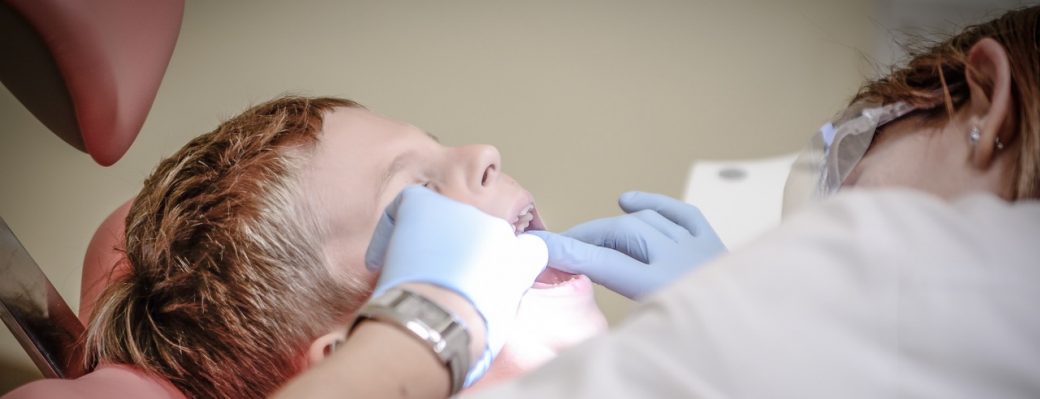Have you ever tried using eye drops but then you find it challenging to land the actual substance on your eyes? There are moments when placing an eye drop, our eyes keep on blinking, thus making the liquid fall far off our face. Well, that is a natural defensive reflex designed to keep our eyes safe from foreign objects. If you want to know how to use eye drops without making things complicated, this article is for you.
Whether you use eye drops for dry eyes, allergies, or other eye concerns, we are here to provide you with a step-by-step guide that will surely help make everything easier.
What Are Eye Drops?
Eye drops are the liquid substance that you use to treat a variety of eye conditions. For example, the eye doctor can prescribe medicated eye drops to cure an infection, a mild eye injury, or a particular disease like glaucoma. Sometimes, over-the-counter eye drops are helpful to alleviate dry or sore eyes.
There are several types of eye drops, but all of them can be challenging to get into your eye. For whatever reasons you’re taking it, what’s crucial is to use them correctly. Luckily, with a few pointers and some practice, you’ll become more at ease with the method. The more confident and familiar you get with eye drops, the easier it will be to use them without spilling or using too much.
How to Use Eye Drops?
Following the correct procedure aids in the absorption of the medicine into your eye, allowing it to do its job. Here are some easy-to-follow guidelines for using eye drops.
What You’ll Need
Other than eye drops, you will need to have hand sanitisers or soap and water to clean and disinfect your hands. You might also need some tissues to wipe away any excess drops from your eyes.
Step one: Preparation
Carefully reading your doctor’s prescription plays a significant impact on your treatment. Each eye drop uses a specific dosage and timing, and getting familiar with this information will help you get its full benefit. Using your eye drops in the exact schedule as your doctor tells you to is critical to improving its effectiveness. If you’re having trouble keeping track, perhaps you can talk to your ophthalmologist for other options.
Most importantly, knowing the storage condition for your eye drops is crucial to retain their potency. You should ask your doctor or pharmacist if it is acceptable to keep the preparation in the refrigerator. Additionally, getting your drops cold enough will make it easier to feel if the substance has landed in your eye.
Step Two: Putting the Eye Drops
 With clean hands, shake your eye drop vigorously so that the active ingredients will equally spread through the substance. Afterwards, carefully remove the cap without touching its tip. By doing so, you are preventing the dropper from contamination and picking up bacteria from your fingers.
With clean hands, shake your eye drop vigorously so that the active ingredients will equally spread through the substance. Afterwards, carefully remove the cap without touching its tip. By doing so, you are preventing the dropper from contamination and picking up bacteria from your fingers.
Tilt your head slightly and look upwards. Sometimes, it helps to lie flat on your back. Gently pull your lower eyelids using your finger, which the eye drop uses as a pocket to catch the substance.
Other people find it helpful to have a specific point to focus their eyes on. Place the dropper tip facing down, gently squeeze the bottle. It is crucial to ensure that only a single drop will fall into the pouch made with your lower eyelids.
Step Three: Closing Your Eyes
After successfully placing the drop, gently release your lower eyelids and let your eyes relax. With your eyes closed, tilt your face forward and allow absorption of the liquid. During this time, it is best to avoid blinking and moving your eyeballs.
If your eye drop uses an active ingredient, you must apply gentle pressure on your tear ducts. This technique will stop the medication from draining into your nose and nasal passages.
Step Four: Finishing Up
If any drops leak out, you can use a clean tissue to wipe them away. Immediately put the cap back on the bottle to prevent bacterial contamination.
Sometimes, your doctor might require you to take more than one type of eye drops. If you need to put a second drop unto the same eye, it is essential to add a gap between each drop. A period of three to five minutes after your first medication is enough for your eyes to absorb the next dose.
Finally, wash your hands with soap and water after handling the eye drops. Store the bottle as advised by your ophthalmologist and use it depending on your prescribed frequency.
Step Five: Assessment
After some time, the medication should take effect and resolve your concerns. Eye drops work fast and can provide instant relief to your eyes. If you happen to experience some side effects, such as eye pain, you should talk to your doctor immediately.
An eye pain might be a symptom of an underlying condition that requires a different medical approach. Eye pain may fall into one of two categories, either ocular or orbital. If your eye pain appears as a burning, itching, or scratching sensation, it can be surface pain. This type of eye pain is a form of irritation coming from a foreign object, trauma, or infection. For treatment, your doctor might prescribe a particular NSAID and corticosteroid eye drops to prevent further irritation.
On the other hand, an eye pain that occurs deep within the eye is a sign of an orbital concern. A stabbing, gritty, and aching pain requires a more in-depth treatment.
Final Thoughts
 When putting eye drops in your eyes, it pays to have precision. If you’re feeling anxious to insert eye drops by yourself, you can ask a family member or a friend for assistance. Additionally, there are eye drop aids that can help you deliver the medication with ease.
When putting eye drops in your eyes, it pays to have precision. If you’re feeling anxious to insert eye drops by yourself, you can ask a family member or a friend for assistance. Additionally, there are eye drop aids that can help you deliver the medication with ease.
An eye drop aid makes it easier if you’re afraid of using eye drops or have an unsteady hand. This type of device uses a mould that will assist patients in making precise placement of the medicine into your eye. It directs a proper amount of the liquid into your eye and prevents excess substances from landing on your face.
Following these recommendations and any instructions on the eye drop package or from your doctor or pharmacist will ensure that the eye drops function properly. This step-by-step guide should make the process safe and straightforward, whether for your prescription or over-the-counter eye drops.
Please do not hesitate to ask an eye specialist or pharmacist if you have any concerns about using your eye drops.
References:
https://www.aao.org/eye-health/treatments/eye-drops-kinds-recommendations
https://www.glaucoma.org/treatment/eyedrop-tips.php
https://www.mayoclinic.org/diseases-conditions/dry-eyes/diagnosis-treatment/drc-20371869


